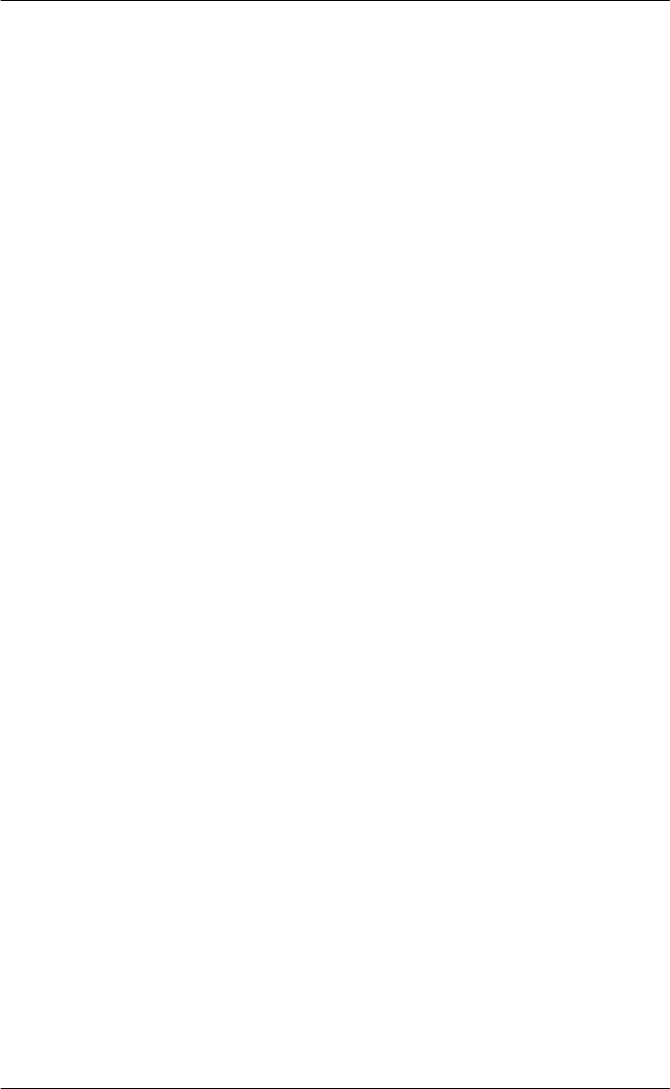
4. AT Command Set and S-Registers
4-33830-A2-GB91-30 August 1998
Command Guidelines
Review the following guidelines before using any AT Commands.
• The escape sequence (+ + +) is used to enter online Command
mode from Data mode.
• The asynchronous character format for the AT command set
must be one of the following:
– 8 data bits + no parity + 1 stop bit.
– 7 data bits + no parity + 2 stop bits.
– 7 data bits + parity + 1 stop bit (parity can be odd, even,
mark, or space).
• All commands except A/ (Repeat Last Command) and + + +
must begin with the characters AT and end by pressing the Enter
key. The AT (or at) prefix clears the command buffer and
matches the modem speed and parity to that of the DTE.
Commands can be upper- or lowercase, but the modem does not
recognize mixed case prefixes (At or aT).
• Commands can be entered one at a time or in strings. Strings can
have up to 40 characters after the AT prefix. You can use spaces,
hyphens (-), and parentheses ( ) as fillers to make the commands
easier to read; the modem ignores these fillers and they are not
counted among the characters which make up the command
string. Commands must be entered on one line and end with the
carriage return character (Enter key).
• Some commands can be accompanied by a numeric value,
shown in Table 4-2 as the suffix n. For example, for the Ln
command, L1 sets the speaker volume to Low and L3 sets the
speaker volume to High. If no value is entered for the n value, it
is treated as a zero (0) value.
• The A/ command (without pressing the Enter key) causes the
modem to repeat the last command entered.
• Valid commands are acknowledged with numeric or word result
codes (unless the result codes have been disabled using the Q1
command).
Table 4-1 lists all available result codes with numeric and word
equivalents.


















